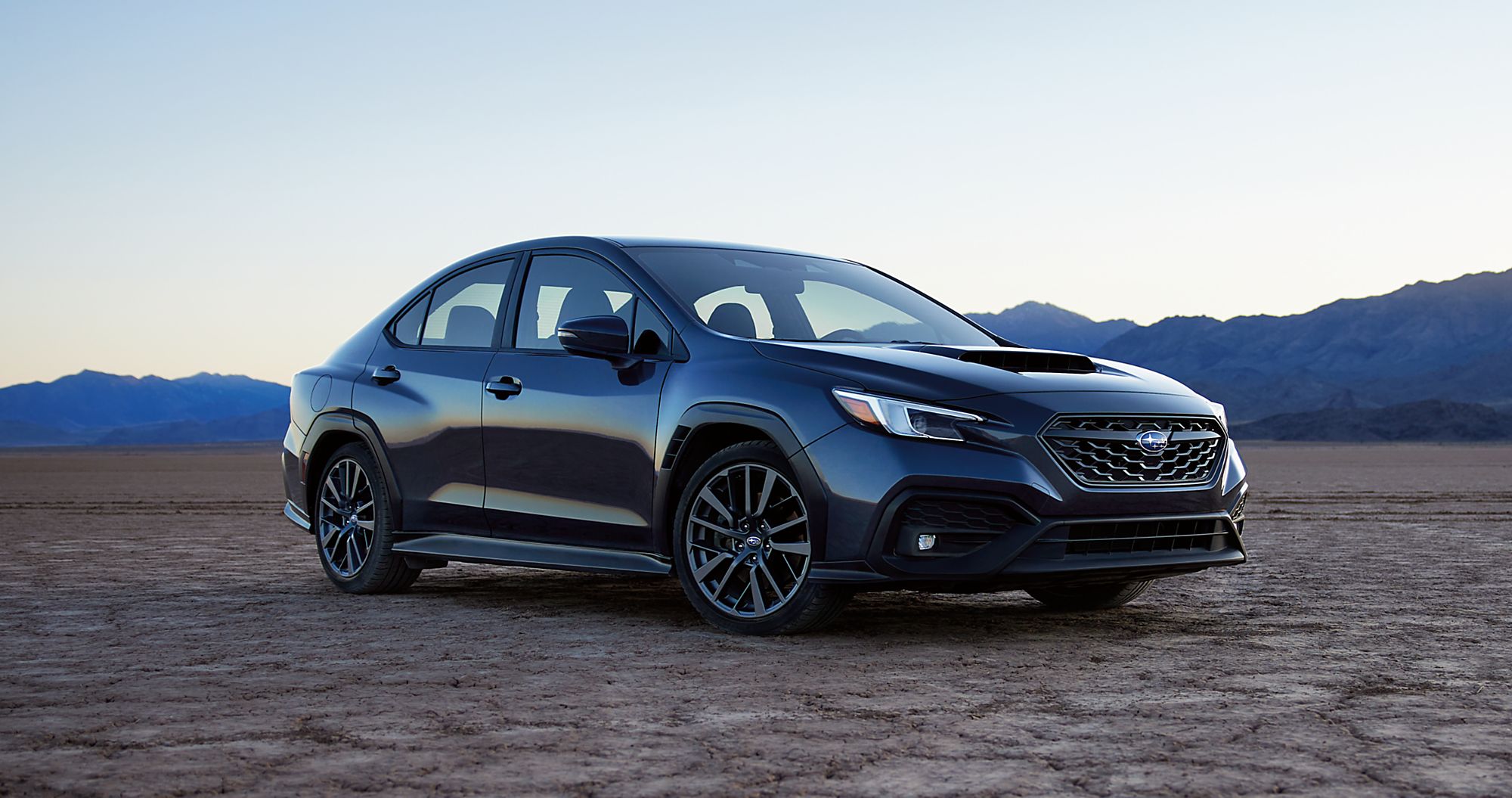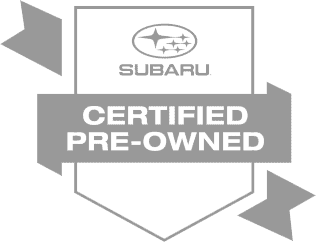
Are you considering purchasing a car but are having trouble figuring out the numbers and engine specifications? The right engine for your driving needs may vary, depending on whether you require more power and towing capability or are more concerned with fuel economy. If you're curious about the difference between different engine types, such as I-4 or V-6, this guide by North End Subaru has you covered.
How Inline and V-Type Engines Work

2023 Subaru WRX
An engine's cylinders are where the fuel combustion takes place. Each cylinder contains a piston, and with an inline structure, they glide up and down within the cylinder. Some also have pistons that move to the side as well, but no matter the style, every cylinder is linked to a crankshaft. The crankshaft transmits the energy that the combustion process produces to the transmission and, eventually, to the wheels that move the vehicle. In general, the more cylinders an engine has, the more horsepower and torque it produces.
Engine cylinders are normally positioned vertically, one after the other, from the front to the back of the engine, or in a V-shaped arrangement with an equal number of cylinders on each side. When the engine cylinders are positioned vertically, the engine has an inline arrangement with four, five, or six cylinders. When the engine cylinders are V-oriented, the engine has six or more cylinders in a V configuration.
Inline engines are higher and narrower, allowing designers to produce a vehicle with a smaller front end when installed transversely. When an engine is installed transversely, as is usual in front-wheel-drive cars, the cylinders and crankshaft are positioned side to side rather than front to rear. V-type engines have a lower center of gravity and a more space-efficient design with a larger number of cylinders.
There are other differences, but to summarize, an inline engine is usually quieter and smoother and produces greater power for a similar number of cylinders. A V-built engine, on the other hand, can incorporate more cylinders and achieve more power, which is ideal for bigger, heavier vehicles or sports cars. Between these two categories, you have results such as the I-4, I-5, I-6, V-6, V-8, and even a V-10 or V-12 on some super-duty trucks.
I-4 Engines
Sedans, hatchbacks, and other cars typically use an inline-four, or I-4. This means your engine's cylinders are all mounted in a straight line, with only one crankshaft, allowing for a more compact engine and car. Inline-four is known as L4, meaning longitudinal four. While smaller and less powerful than higher-powered engines such as the V-8, I-4 engines can compete and vary in power greatly, depending on their design.
Today, many new cars come with six-cylinder standard engines optimized for fuel economy and power. If you like fuel economy and the ability to get from point A to B using as little fuel as possible, an I-4 engine is a good choice. These engines also have excellent fuel economy and are typically seen in older vehicles.
I-6 Engines
The straight-six or inline-six engine is similar to the inline-four in that the cylinders are arranged in a straight row and collectively drive the crankshaft. Understandably, instead of four cylinders in an I-4, it has six. While usually a bit pricier, inline-six engines are larger and more powerful and usually have both primary and secondary mechanical engine balancing, resulting in less vibration.
The inline-six engine, which dates back to 1903, provides a straightforward mechanical design at the expense of a physically longer block. In comparison, a V-6 is nearly half the length of an inline-six. This was not an issue decades ago when cars were much larger on average, but as cars have become more compact and engine compartment real estate has become more precious, the inline-six engine has made way for a more popular V-6 style. That being said, a few manufacturers, such as Porsche, still use a flat-six or horizontally opposed design, such as an inline-four.
V-6 Engines
One of the most well-known engine types, the V-6, is made of two rows of three cylinders positioned on the crankshaft in the shape of a V. These engines were invented in 1905 but did not become popular until the middle of the twentieth century when racing vehicles began using them.
In general, V-6 engines offer more power than four-cylinder engines because they have more pistons to convert more fuel into usable energy. V-6 engines are often quieter than four-cylinder engines. They also have a compact design that takes up less room and superior fuel economy over V-8 engines. Overall, V-6 engines are popular and found in many current back-, front-, and all-wheel-drive designs, serving as a happy medium between a four-cylinder engine and a V-8.
V-8 Engines
Simply described, V-8 engines have eight cylinders arranged in two groups of four, as opposed to two groups of three cylinders in a V-6. They provide greater power and accelerate more quickly, but for these same reasons, they usually require more fuel. V-8 engines have a stiff design that allows for more displacement. They are associated with high power and have long been popular in muscle cars.
Unlike the widely used and flexible V-6, most V-8 vehicles are limited to either rear-wheel drive or all-wheel drive. V-8s are on the heavier side, though, and they can have higher maintenance costs due to increased friction among the moving parts. Once you've chosen your next new Subaru or other vehicle, it's important to schedule regular maintenance to keep your vehicle performing at its best, whether the engine is an inline or a V-type configuration.
Differences Between Engines: Takeaways
Knowing the difference between an inline and a V-type engine is one thing. Knowing which one is best for you is another matter. Are you seeking better fuel economy for your commute, more power and performance, or something else entirely? Give it some thought and let our team recommend a few vehicles if you like.
By understanding a little bit about your vehicle, you can learn how to maintain it better. You also can buy future vehicles with confidence that you'll enjoy the powertrain. North End Subaru here in Lunenberg, Massachusetts, is here to assist you, so contact us or browse our inventory by your preferred engine type. You can find a quality Subaru with an inline-four, V-6, and more.



